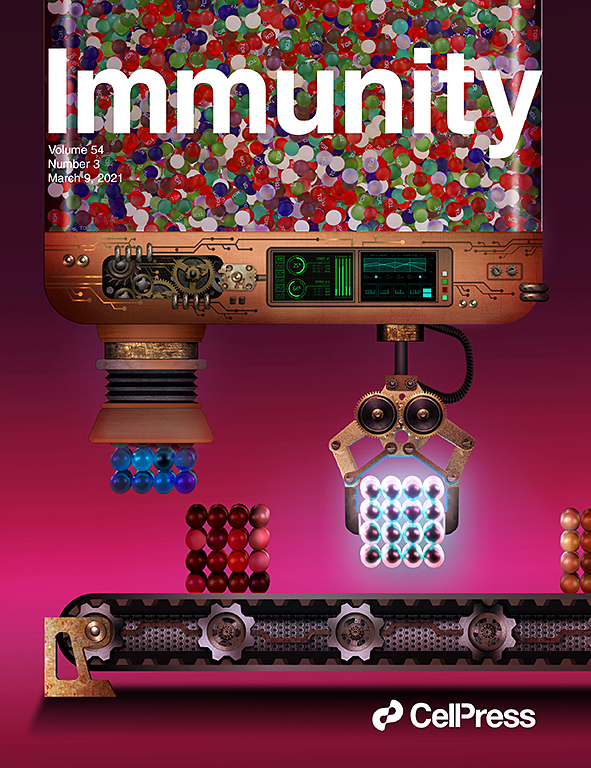2021
Type(s)Journal Article
AuthorsFang Chen, Netanel Tzarum, Xiaohe Lin, Erick Giang, Rodrigo Velazquez-Moctezume, Elias H. Augestad, Kenna Nagy, Linling He, Mayda Hernandez, Mallorie E. Fouch, Ariadna Grinyo, Deborah Chavez, Benjamin J. Doranz, Jannick Prentoe, Robyn L. Stanfield, Robert Lanford, Ian A. Wilson, Jiang Zhu, Mansun Law
SourceChen et al., 2021, Immunity 54, 1-16; https://doi.org/10.1016/j.immuni.2021.02.013
Urlhttps://www.sciencedirect.com/science/article/pii/S1074761321000790?via%3Dihub
Human IGHV1-69-encoded broadly neutralizing antibodies (bnAbs) that target the hepatitis C virus (HCV) envelope glycoprotein (Env) E2 are important for protection against HCV infection. An IGHV1-69 ortholog gene, VH1.36, is preferentially used for bnAbs isolated from HCV Env-immunized rhesus macaques (RMs). Here, we studied the genetic, structural, and functional properties of VH1.36-encoded bnAbs generated by vaccination, in comparison to IGHV1-69-encoded bnAbs from HCV patients. Global B cell repertoire analysis confirmed the expansion of VH1.36-derived B cells in immunized animals. Most E2-specific, VH1.36-encoded antibodies cross-neutralized HCV. Crystal structures of two RM bnAbs with E2 revealed that the RM bnAbs engaged conserved E2 epitopes using similar molecular features as human bnAbs but with a different binding mode. Longitudinal analyses of the RM antibody repertoire responses during immunization indicated rapid lineage development of VH1.36-encoded bnAbs with limited somatic hypermutation. Our findings suggest functional convergence of a germline-encoded bnAb response to HCV Env with implications for vaccination in humans.

